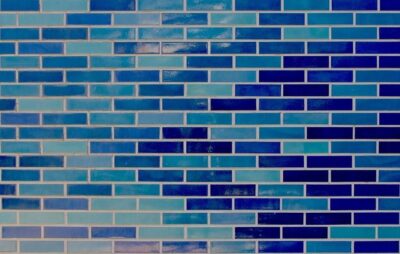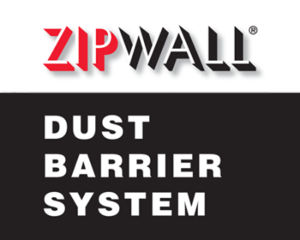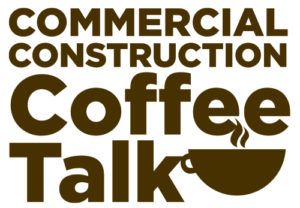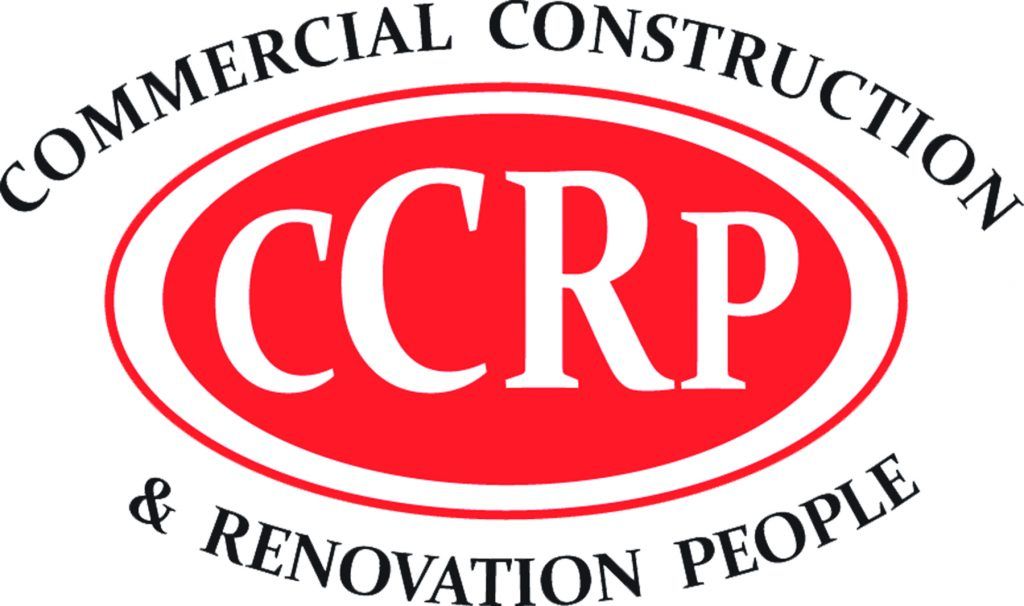You’re thinking about flooring improvement yet remain uncertain about selecting the appropriate material.
The choice of flooring material has the power to transform your space for better or worse. The abundance of available flooring choices including traditional hardwood and modern luxury vinyl makes selecting the best option difficult.
Market research data predicts the UK floor covering market will reach USD 2.59 billion by 2025. Brick floor tiles provide unmatched durability and aesthetic appeal for those seeking durable and attractive flooring options.
Your Essential Guide: What’s Coming Up
- Brick floor tiles are experiencing a revival in popularity.
- Style and Design Possibilities
- Comparing Costs
- Durability & Maintenance Face-Off
- Climate and Regional Considerations
- Real-World Performance Reviews
- Making Your Final Decision
Brick floor tiles are experiencing renewed popularity due to their unique combination of durability and aesthetic appeal.
Soft and resilient floor coverings maintain a 52% market share yet natural sustainable materials such as brick are becoming increasingly popular. Here’s what’s driving this resurgence:
- Timeless Appeal: Brick tiles provide a unique combination of warmth and character which modern materials find challenging to duplicate.
- Durability: With appropriate maintenance brick floor tiles have a lifespan of decades.
- Versatility: Today’s manufacturing methods allow brick tiles to exhibit multiple colors and surface finishes.
- Sustainability: Brick tiles utilize natural materials which ensure they maintain their integrity for a lengthy period.
Style and Design Possibilities
Brick floor tiles stand out due to their highly flexible design possibilities. Here’s something most people don’t realize…
Brick tiles come in various styles, colors, and laying patterns that can dramatically change the look of your space:
Popular Laying Patterns:
- Herringbone: The herringbone pattern produces a lively and visually captivating design.
- Basket weave: The basket weave pattern delivers a timeless classic appearance.
- Running bond: Running bond delivers a straightforward yet elegant visual appearance.
- Stack bond: Stack bond tiles offer a contemporary minimalist appearance.
But that’s not all…
Contemporary manufacturing processes enable the creation of tile colors that exceed the traditional limitations of red and brown tones. You can now find:
- Weathered whites
- Rustic grays
- Deep charcoals
- Warm terracottas
- Mixed color blends
You can use these options to design distinctive styles that work well with any interior design approach including industrial chic and rustic farmhouse.
Design Tips for Brick Floor Tiles:
Are you looking to maximize your brick floor tiles potential? Consider these design strategies:
Choose contrasting grout shades to emphasize the tile pattern. Choosing tiles of different dimensions creates additional visual appeal. Distinct transitions can be achieved by merging brick floor tiles with materials such as wood or stone. Design feature areas or borders with distinctive laying patterns.
Advanced Design Techniques
But wait, there’s something even more interesting…
Design experts are exploring new possibilities in brick floor tile applications. Here are some advanced techniques that can transform your space:
Zoning and Flow:
Defining separate areas in open spaces requires you to use a variety of laying patterns. Use directional tile patterns to guide movement naturally through interior spaces. Establish transitional spaces that connect interior and exterior environments. Design visual focal points that highlight key features such as fireplaces and islands.
Color and Texture Play:
- Combine smooth and rustic finishes for depth
Blend different shades of brick to achieve a customized color mix - Create ombre effects using graduated color tones
- Layer different textures to add visual interest
Contemporary Applications:
Incorporate LED strip lighting between tiles to produce a modern aesthetic. Integrate metallic accents into your design to achieve an industrial chic aesthetic.
- Create geometric patterns using contrasting colors
- Use oversized formats for contemporary spaces
Brick floor tiles extend beyond traditional flooring because they provide adaptable design possibilities for any style preference.
Comparing Costs
Let’s break down the cost comparison between brick floor tiles and other popular flooring options:
Initial Installation Costs (Per Square Meter):
- Brick Floor Tiles: £45-£75
- Hardwood: £65-£120
- Luxury Vinyl: £25-£45
- Ceramic Tiles: £20-£50
- Natural Stone: £50-£100
But here’s the kicker…
The initial high expense of brick tiles becomes justified through their extended lifespan which demonstrates better cost-effectiveness over time. Brick floors prove to be more durable than vinyl or laminate flooring which require replacement in 10-15 years.
Durability & Maintenance Face-Off
Brick floor tiles represent the pinnacle of flooring durability. Here’s how they stack up against other options:
Lifespan Comparison:
- Brick Floor Tiles: 100+ years
- Hardwood: 25-30 years
- Luxury Vinyl: 10-20 years
- Ceramic Tiles: 15-20 years
- Natural Stone: 50+ years
Think about it:
In 2024 the residential flooring segment represents 65% of the total UK floor covering market value. Households today are shifting their attention toward investments that deliver value over time rather than simply examining upfront expenses.
Maintenance Requirements:
Brick floor tiles require:
- Regular sweeping
- Occasional mopping
- Sealing every 3-5 years
- Minimal repairs over lifetime
Compare this to hardwood floors that need:
- Daily sweeping
- Weekly mopping
- Refinishing every 5-7 years
- Regular maintenance for scratches and dents
Climate and Regional Considerations
Here’s something that often gets overlooked…
The performance and durability of your flooring are highly dependent on your local climate conditions. Brick floor tiles offer unique advantages in different weather conditions that other flooring options can’t match:
Performance in Different Climates:
Cold Climate Benefits:
- Excellent thermal mass properties
- Works well with underfloor heating
- Maintains warmth once heated
- Resistant to freeze-thaw cycles
Warm Climate Advantages:
- Naturally cooling effect
- Doesn’t expand in heat
- Resistant to sun damage
- Easy to clean sandy debris
But there’s more to consider…
Regional factors also influence your flooring choice:
Regional Factors to Consider:
- Local Building Regulations: Different regions enforce specific standards for flooring materials.
- Availability of Installation Experts: Confirm that your region has access to certified installation professionals.
- Local Material Costs: The cost of materials can increase dramatically due to transportation expenses.
- Regional Style Preferences: Think about which flooring styles will work well within your local architectural style.
Real-World Performance: What Users Say
Are you interested in understanding real-world user experiences with brick floor tiles in homes and businesses?
We will examine the experiences of real users who have chosen different flooring options. Because residential flooring represents 65% of the UK floor covering market value in 2024 real-world performance understanding becomes essential.
Common Positive Feedback:
Homeowners consistently praise brick floor tiles for:
- Outstanding durability in high-traffic areas
- Minimal wear even after decades of use
- Excellent resistance to moisture and spills
- Unique character that improves with age
- Compatibility with various interior styles
Areas of Consideration:
Users also mention some points to consider:
- Initial installation requires experienced professionals
- Higher upfront costs compared to some alternatives
- Proper sealing is essential for longevity
- Can feel cold without underfloor heating
- Requires specific cleaning products
Here’s the interesting part…
Endurance and lasting advantages of brick floor tiles make most users overlook early installation costs and complexity concerns.
Success Stories:
Consider these real-world examples:
Original brick flooring in historic properties has endured for generations. Contemporary homes often incorporate brick tiles alongside modern design elements to create unique spaces. In Australia, companies like The Brick Pit specialize in supplying recycled bricks Australia, offering sustainable and character-rich materials that blend seamlessly into both traditional and modern designs. Brick tiles in commercial spaces serve as both functional and visually appealing flooring solutions. Brick tiles offer outdoor living spaces smooth transitions between interior and exterior environments.
The Bottom Line: Your Decision Guide
Brick floor tiles distinguish themselves in the flooring market because they deliver unmatched durability together with aesthetic appeal and enduring value. As the UK floor covering market approaches USD 2.59 billion by 2025 consumers need to make informed choices now more than ever.
Consider your specific needs:
- Long-term investment potential
- Local climate conditions
- Design preferences
- Maintenance capabilities
- Installation requirements
Evaluate these factors alongside your budget and lifestyle needs to make a confident choice about brick floor tiles for your space.


























